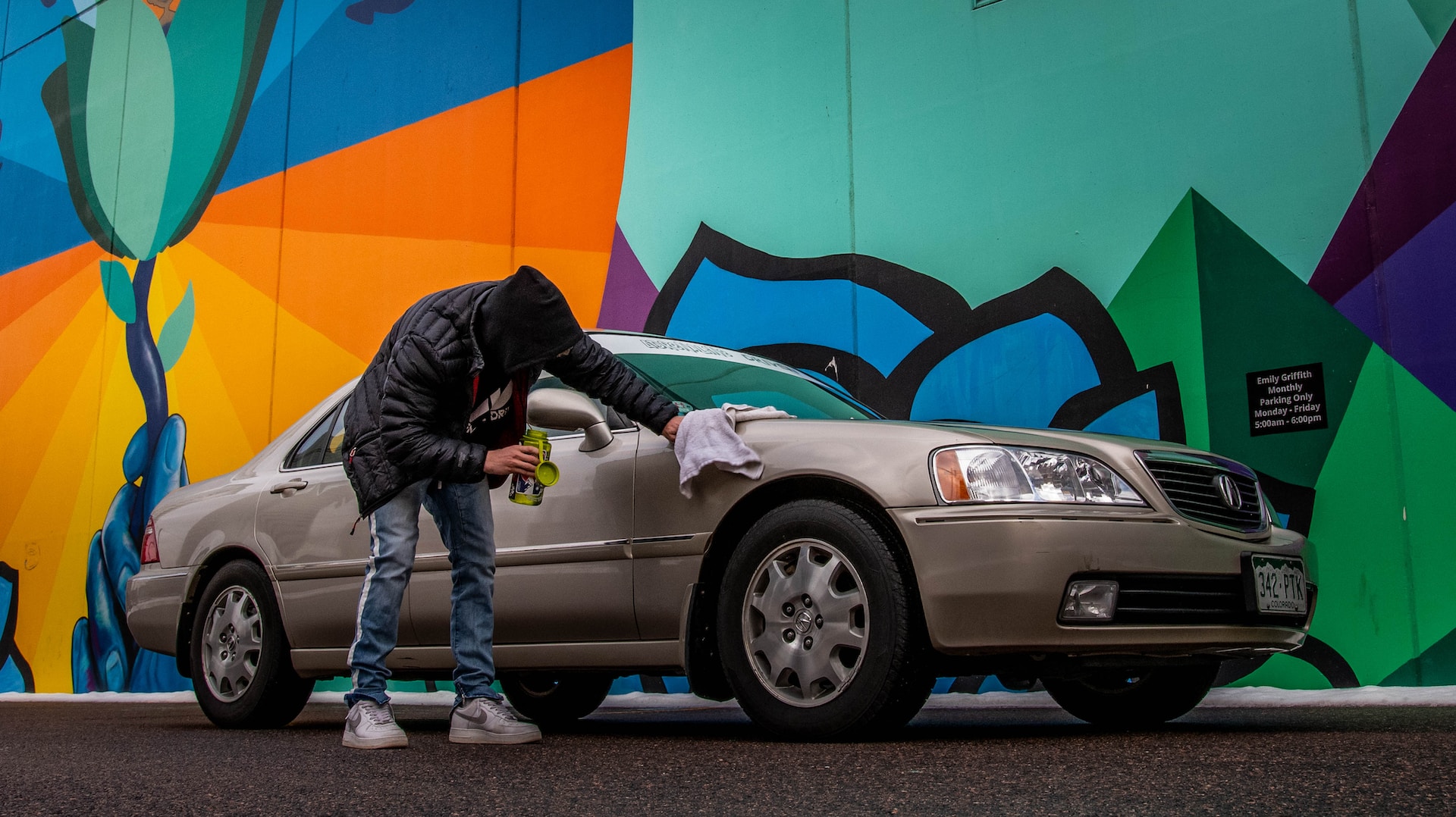
New Car Checklist
Whether choosing the paint color on a brand-new hatchback or haggling with a dealer over the price of a pre-owned SUV, buying a car can be exhilarating. However, once the deal is closed, it’s time to take care of some new-car housekeeping.

A title is a document that establishes ownership. When purchasing from a dealership, it will likely handle the title transfer process for you. (Note: If you’ve taken out a loan for the vehicle, the lender is typically in first position on the title. The
lender usually keeps the title on file until the loan is repaid.) If you bought the car from a private party with cash, check with your state’s department of motor vehicles (DMV) about how to handle the title transfer. If the seller signs the title over to you at the time of sale, make sure
1) the Vehicle Identification Number (VIN) on the title matches the one on the car and
2) no lien holder (person or organization with an ownership claim) is listed on the title or, if there is, the lien holder has also signed off.
1) the Vehicle Identification Number (VIN) on the title matches the one on the car and
2) no lien holder (person or organization with an ownership claim) is listed on the title or, if there is, the lien holder has also signed off.

You’ll need proof of insurance to register the car. Be sure to meet your state’s minimum requirements for bodily injury, property damage, personal injury and uninsured motorist coverage. Consider a higher level of coverage for more financial protection.

Many states and the District of Columbia require emissions testing for certain vehicles (new cars are generally exempt). Contact your DMV to find out if an emissions test is required.

Usually, if you bought the car from a dealership, it will take care of the registration process for you. Otherwise, you’ll need to register it in person at your local DMV, online or by mail, depending on your state’s procedure. You’ll likely need to provide proof of ownership (the title or previous registration), your driver’s license, the odometer reading, evidence of insurance and payment for the registration fee.

If you’ve received new license plates and/or tags, affix them to the vehicle within the timeframe required by your state.

Make sure you know the basics before you drive the car, such as how to turn on the headlights, directional signals and windshield wipers. Keep the
manual handy (the glove compartment is a good place).

A new car should be good to go when you drive it off the lot. With a used vehicle, check for proper fluid levels and clean filters.

Once you’ve become familiar with your new vehicle and checked all the safety features, enjoy it and drive safely